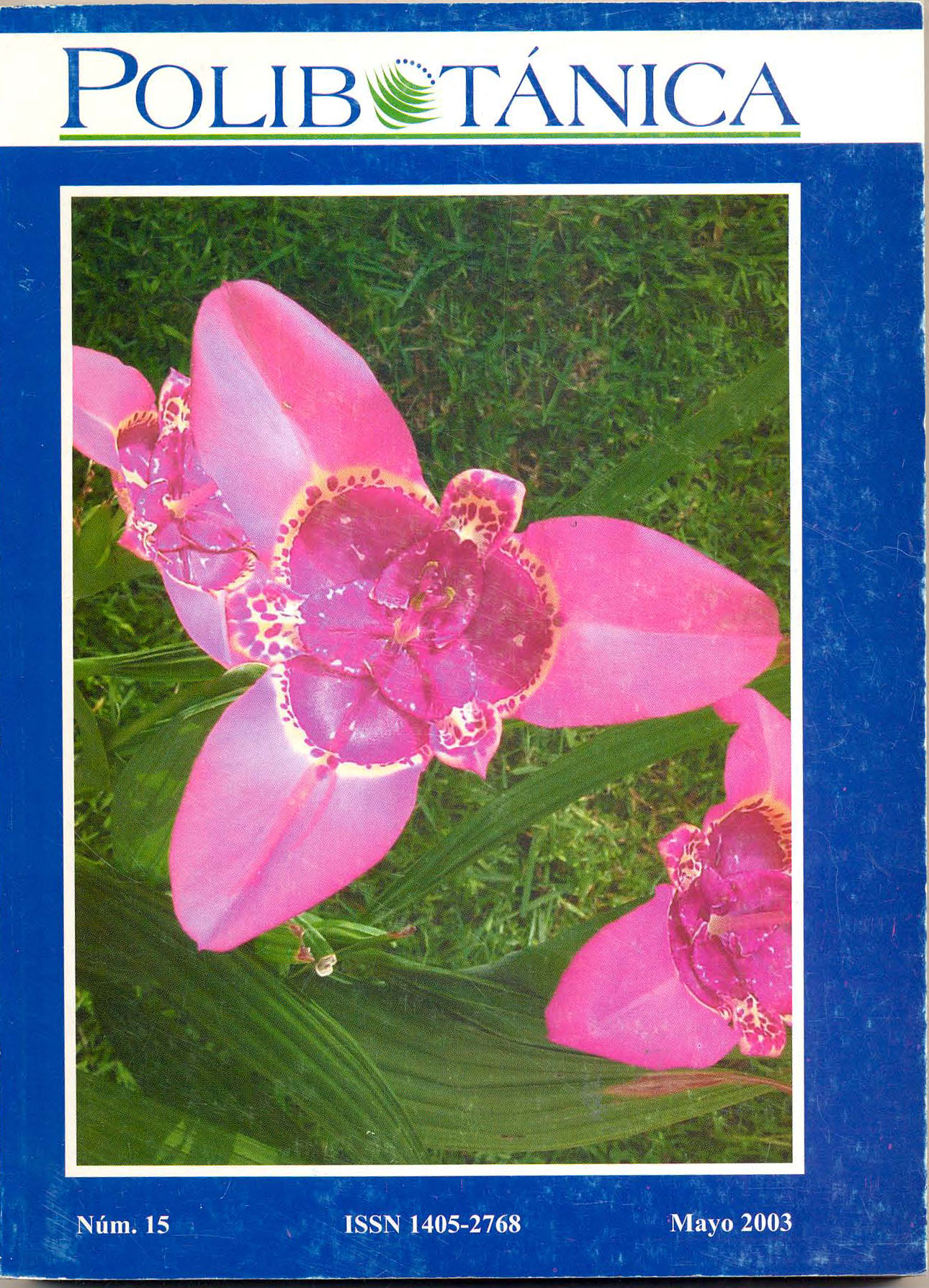ESTUDIO PRELIMINAR ETNOBOTÁNICO, FITOQUÍMICO, DE LA ACTIVIDAD CITOTÓXICA Y ANTIMICROBIANA DE CUPHEA AEQUIPETALA CAV. (LYTHRACEAE)
Abstract
The leaves and stems of the Mexican herb
Cuphea aequipetala Cav. have been used
empirically to treat bruises, diarrhea, stomach ailments and goiters; for postpartum or
hip baths; to disinfect wounds; to lower the
fever associated with measles and smallpox;
for tumors and skin wounds of difficult cicatrization; and to counter hair fall. In this work
we showed the presence of alkaloids, flavonoids and glycosides in the methanolic
and ethyl acetate extracts of the plant; glucosides were also found in the hexanic extract, whereas sesquiterpene lactones were
only found in the methanolic fraction, which
showed small cytotoxic activity against cervix carcinoma cells (UISO-SQC1). The other
extracts did not show cytotoxic activity
against nasopharingeal (KB) and colon cancer cells (HCT-15, coladcar).
The antimicrobial assays did not exhibit significant inhibition against bacteria and yeast
cultures compared to common antibiotics.
The results showed positive biological ac-
tivity, but we cannot make definitive conclusions about their pharmacological activity without expanding these assays to cover
specimens obtained from different localities
in the country.
Downloads
Published
Issue
Section
License

Polibotánica by Departamento de Botánica de la Escuela Nacional de Ciencias Biológicas del Instituto Politécnico Nacional se distribuye bajo una Licencia Creative Commons Atribución-NoComercial-CompartirIgual 4.0 Internacional.




















